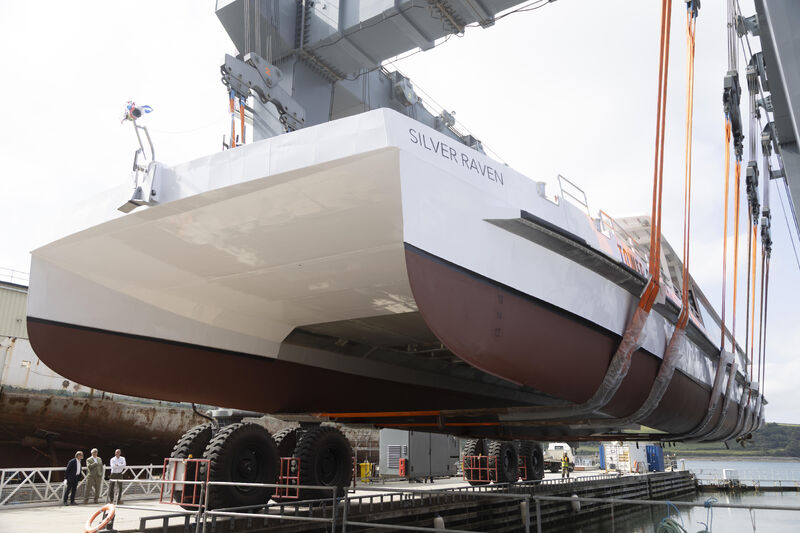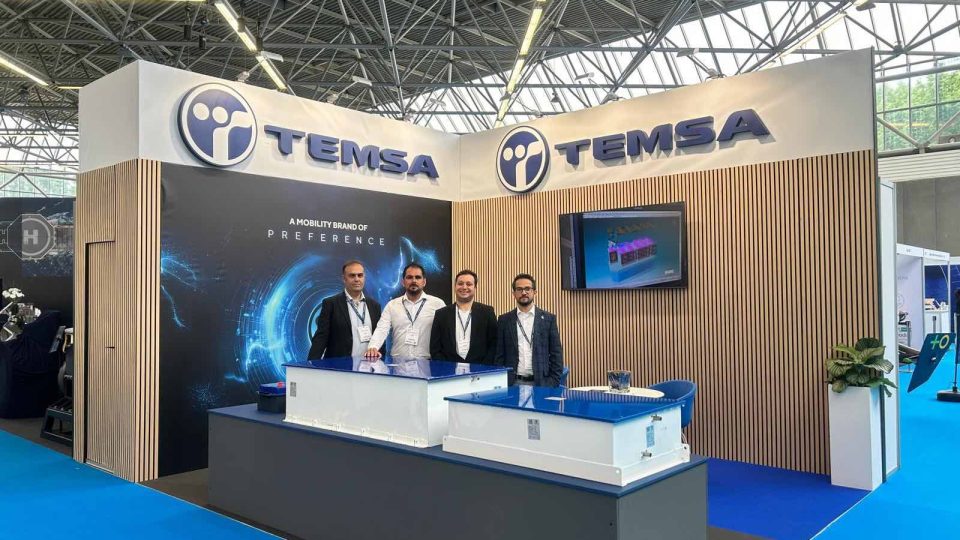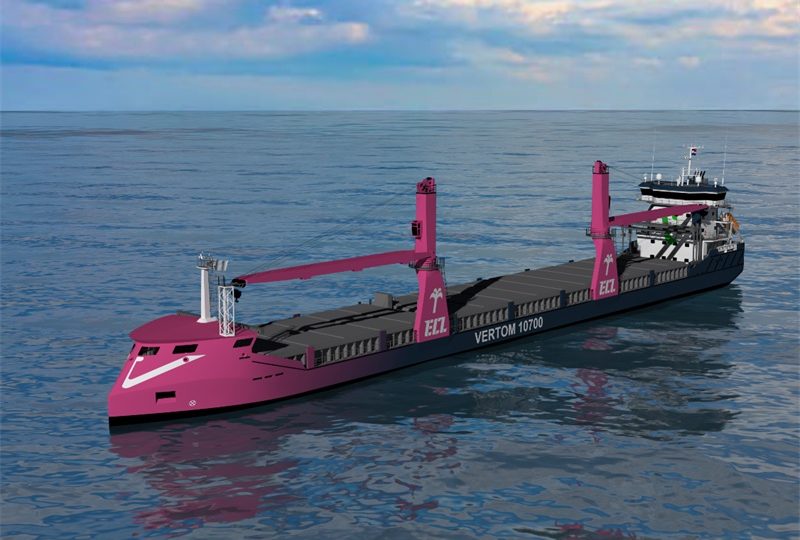Yanmar and its marine partners in Norway
For decades, Yanmar has worked together in close ties with its partners in Norway to achieve new goals: among them, Salmar, Sølvtrans AS and Martec AS.
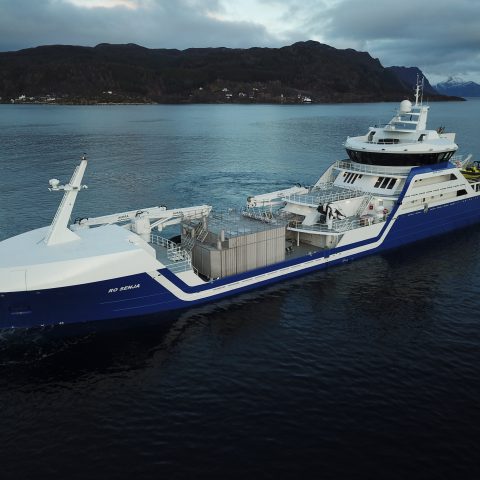
For decades, Yanmar has worked together in close ties with its partner in Norway to achieve new goals: among them, Salmar, Sølvtrans AS and Martec AS.
Salmar: Ro Senja powered by Yanmar in Norway
The Ro Senja is currently on her way to the northern part of Norway, where she will be doing most of her work for client Salmar. Fully loaded, she weighs about 7,000 tonnes, and while emptied, she can reach a speed of up to 14 knots.
She is a live fish carrier with an emphasis on fish welfare and hygiene. Project manager Mathias Tungevåg at designer Skipskompetanse says: “Although being quite similar to her sisters Ro Vision and Ro Venture, like them, she is, in fact, unique, being adapted for her client and its operational profile, and new equipment has been installed on board. She is specially designed for delicing operations and aims to achieve the best possible fish welfare.”
Generator power on board comes courtesy of 3 Yanmar 6EY22ALW sets. Tungevåg explains, “To choose generators, one has to look at the various modes a vessel will operate in. Based on the required power in each of these modes, a setup allowing sufficient power in each mode can be made. The goal would be to have the generators operating at optimum load during all modes. On this kind of vessel with many different modes requiring different amounts of power, the combination of diesel generators with a battery has proven to be a good solution. The generators can mostly run at the most efficient load while the battery handles variable power requests to avoid having to start more generators for small extra power needs. Hydrogen, methanol and other fuels are likely to be part of future ship designs, but these options require access from the shore for effective use. This is currently the most effective way to reduce emissions and costs in the near term while we are looking for the best long-term zero-emissions solution.”
Sølvtrans AS and Yanmar for Smolt cargo ship
Operator Sølvtrans AS, based in Ålesund, Norway, has taken delivery of the latest addition to its fleet – the Ronja Queen with Yanmar propulsion.
Ronny Uren, technical purchaser at constructor Aas Mek. Verksted explains, “This is part of a long-term well boat collaboration with Sølvtrans, the third in a series of seven boats. For this whole range, the main machinery consists of a Yanmar 6EY26W, producing 1,920kW at 750 rpm, connected to Brunvoll gear and propeller, enabling the ship to operate at 13 knots.”
This engine is a popular choice with operators as it’s a good fit for this type of vessel, with good power output and a compact footprint. It has also proven to be reliable in service with low fuel oil consumption.
The final boat in the range, the Ronja Evolution, is scheduled to be delivered at the end of 2024.
Yanmar-driven research boat on Arctic mission
It has been nearly 1 year ago since Kewatec Shipyards from Finland has delivered a 14-meter work and research boat to Svalbard. This Serecraft S14 is powered by Yanmar and used for research at the world’s northernmost university, the University Centre in Svalbard (UNIS). The engines have been supplied in collaboration with Yanmar’s highly valued dealer from Norway, Martec AS, which is part of Kewatec group and has been tightly involved in the complete project.
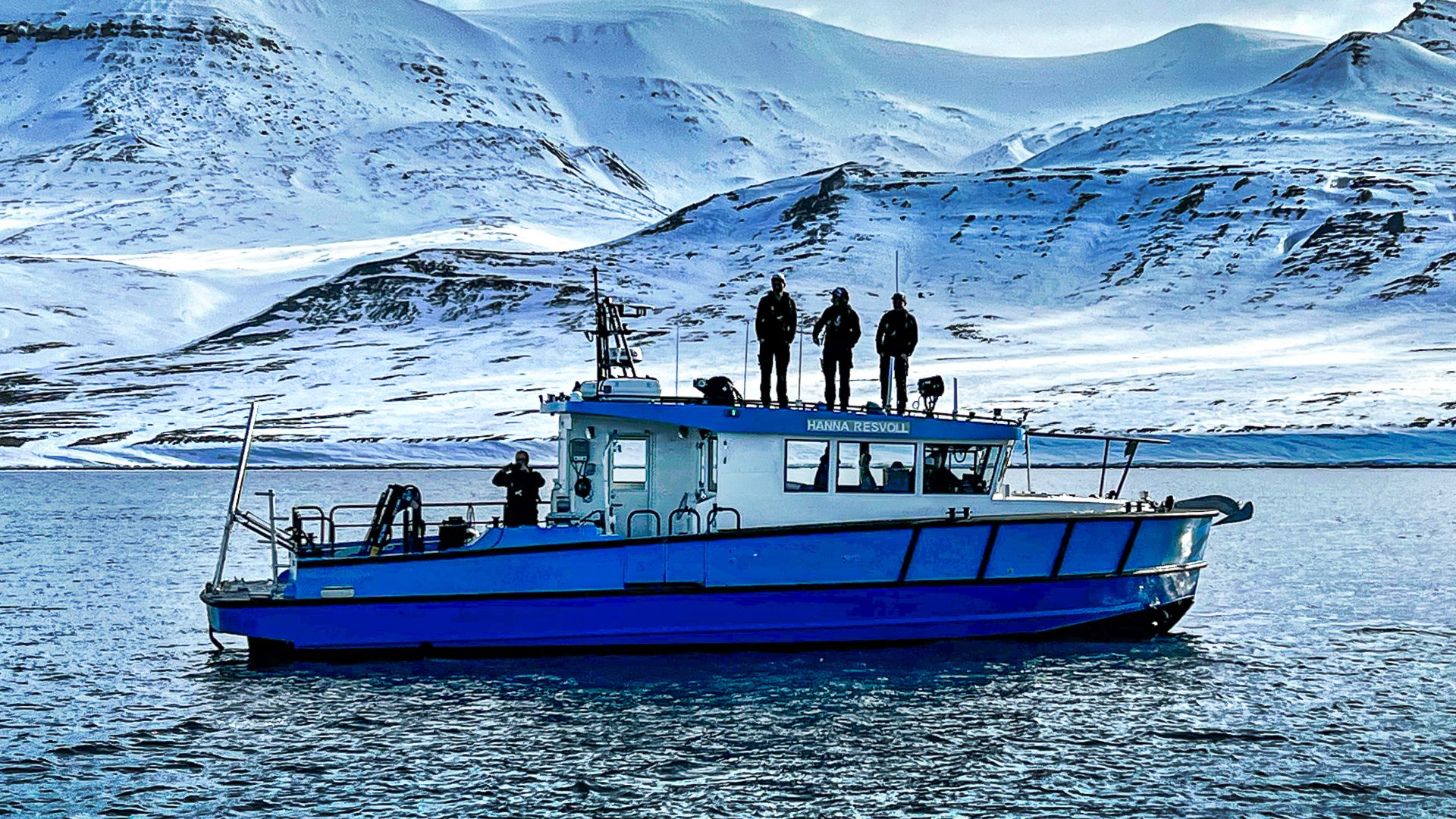
The boat is named after the scientist Hanna Resvoll, who was the first female Arctic scientist in Svalbard, back in 1907. Hanna Resvoll was also a pioneer in environmental protection and was Norway’s first environmentalist.
For Hanna Resvoll, reliable team of Martec AS has delivered almost a complete propulsion package consisting of engines, gearboxes, manoeuvre system and dynamic position system. In addition also other equipment was delivered such as navigation, generator, thrusters, etc. Martec AS is a specialist in integrating complete propulsion systems with manoeuvring and DP-systems.
The Serecraft S14 is 14.1 meters long and 4.2 meters wide and has two 6CXBM-GT Super Light Duty 509HP engines. The 6-cylinder engines have an output value of 374 kW at 2700 rpm each and offer direct injection and heat exchanger cooling. Their design with 4 valves per cylinder and turbocharger/intercooler ensures a higher combustion efficiency. The CXB-series complies with IMO Tier II emissions regulations.






